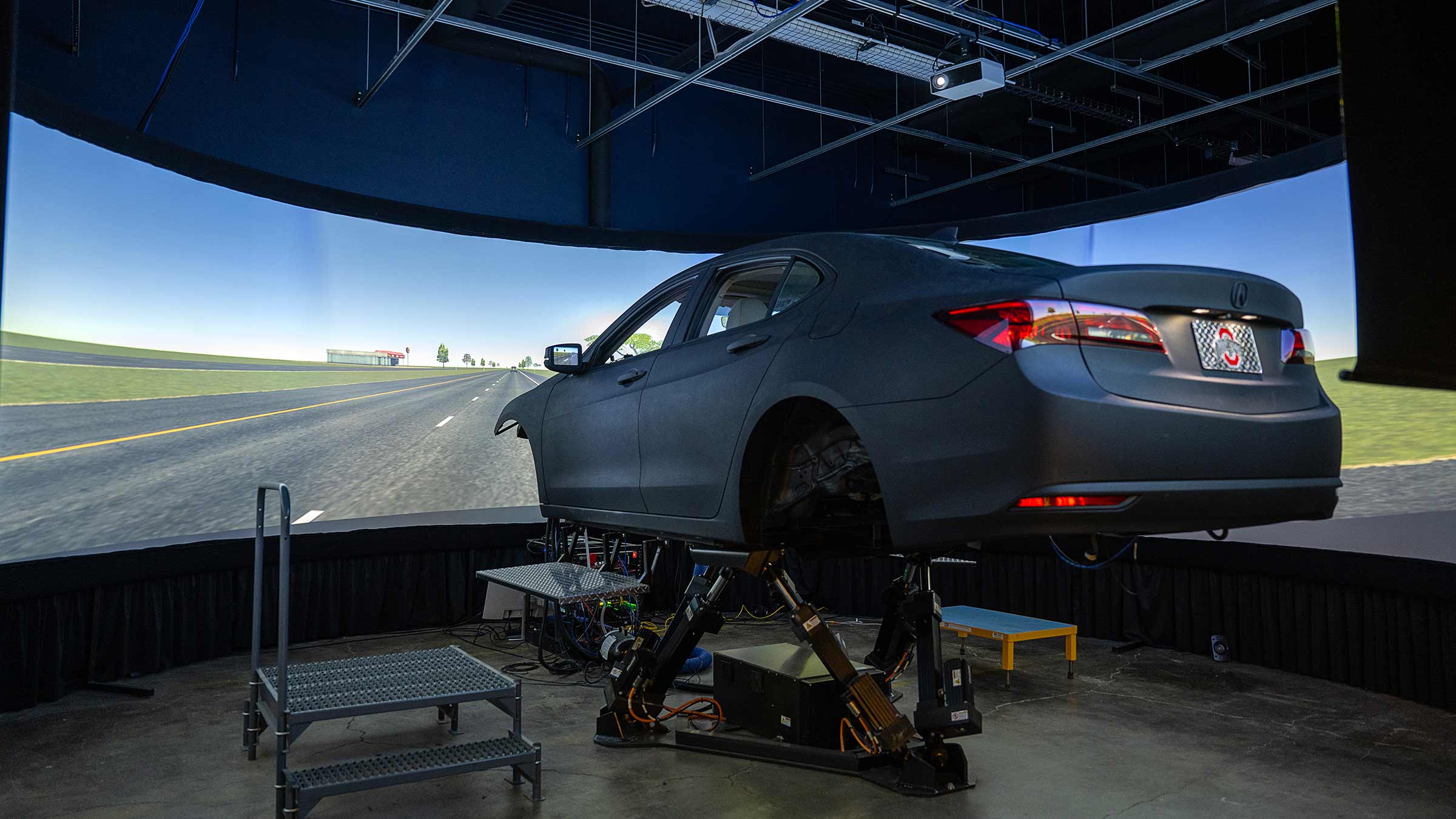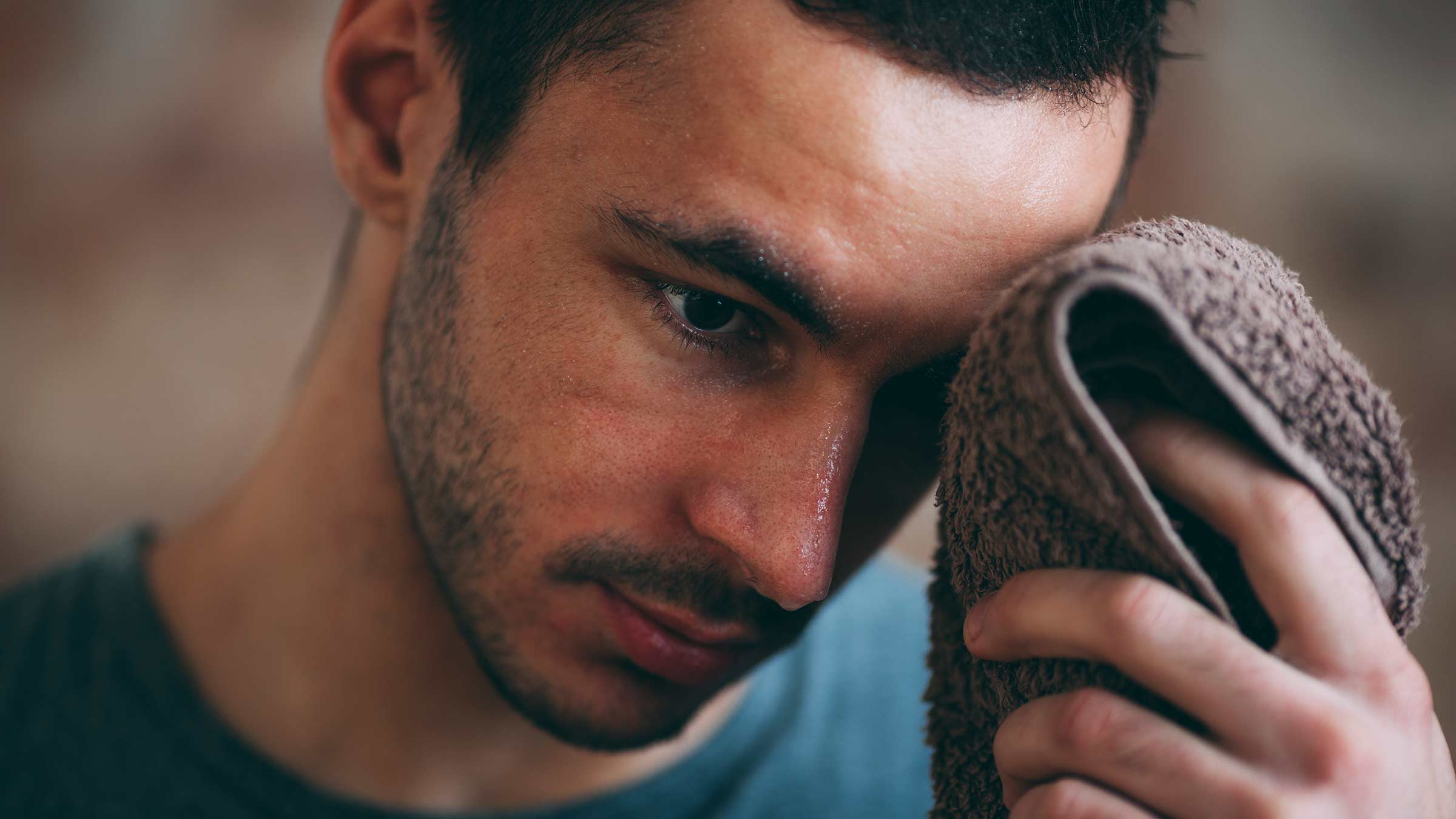
As high school and college athletes recover from concussions, there are many things to consider as the brain heals. Among them is when it’s safe to get back behind the wheel.
Unfortunately, there’s no clear answer to that question, and no set of guidelines available for medical teams trying to help these athletes decide when to drive again. But we’re hoping to change that through a study being co-led by researchers at The Ohio State University Wexner Medical Center.
The study seeks to assess the driving proficiency of concussed athletes ages 16 to 24 using a state-of-the-art driving simulator. It will then compare those findings with assessments from healthy athletes of the same age who also test in the simulator.
Now in its fourth year, the study is a partnership with Nationwide Children's Hospital here in Columbus and the University of Alabama at Birmingham, which also tests athletes on a driving simulator.
The goal is to help us provide standards that can be used to assist the sports medicine and neurology specialists who treat athletes with concussions.
How concussions can affect driving
Concussions, the mildest form of traumatic brain injury (or TBI), cause a number of symptoms that can affect driving ability.
- Slowed thinking
- Inability to concentrate
- Mental fatigue
- Dizziness
- Headaches
- Neck pain, with difficulty turning the head
- Eye fatigue
- Light sensitivity
- Noise sensitivity
- Nausea, often made worse by motion in the peripheral vision
These symptoms could all potentially cause delayed reaction times, leading drivers to potentially miss street signs or react slowly to obstructions in roadways, for example, making them more prone to car accidents.
What is the goal of the study on concussions and driving?
Because there is little research or concrete data on the topic, we don't currently have an established timeline or standard for concussed student athletes returning to driving.
We are hoping to create a test that could be given to student athletes to help determine whether it’s likely they would be able to safely return to driving.
This will provide doctors who treat these athletes, specifically sports medicine experts, with a reliable tool based on research.
Current medical advice for young drivers after concussion
Generally, student athletes with concussion are evaluated on a case-by-case basis.
Making it difficult is the very nature of concussions, with one athlete feeling better in a few days, and another taking several weeks to start feeling normal.
Medical teams will tend to err on the side of caution. We use conservative recommendations for when to return to driving and how long and how far to drive when that return happens.
Why are young people of special concern for driving after concussions?
The adolescent brain continues to develop until about age 24 or 25, so concussions may take longer to resolve. Furthermore, teens and young adults may be just learning to drive or might not have a lot of driving experience.
What are some specific driving skills the concussion study evaluates?
Eye tracking
One of the main things that we assess is how the eyes track objects, such as looking from left to right or up and down. We want to determine the ability to follow an object quicky and smoothly as it goes across the line of vision.
Reaction time
Reaction time takes into account the time it takes to move the foot from the gas to the brake or the time it takes to maneuver around a hazard or barrier.
Cognitive ability
We measure cognitive ability by giving participants math problems to solve while they’re driving. This helps us determine if placing a heavier load on the brain impacts reaction times or patterns of driving.
Symptoms to watch for when driving after a concussion
If they have had a concussion, student athletes should have the following before they start driving again.
- Clear thinking ability
- No severe headache
- Reduced sensitivity to light
- No extreme dizziness
- No extreme nausea, especially when turning/moving head

Tips for getting back to driving after a concussion
- Drive only during the day
- Drive short distances to familiar locations
- Drive with someone you know
- Drive a familiar car
New recommendation for concussion recovery
In recent years, research has shown that an early return to light aerobic exercise helps improve concussion symptoms and allows athletes to resume activities more quickly. In fact, at Ohio State, we put athletes on treadmills early in concussion recovery programs and provide a specific “exercise prescription,” which allows athletes to return to sport faster.
How can I find out more about the study on concussions and driving?
You may be eligible to participate in the study if you’re 16-24 years old, have had a physician-diagnosed concussion within the past week and have a valid driver’s license. Call 614-355-5852, email R2DrvStudy@nationwidechildrens.org or Ginger.Yang@nationwidechildrens.org, or fill out the eligibility questionnaire.
The study also seeks athletes ages 16-24 who have had no concussions in the past year and have a driver’s license or temporary driver’s permit. Call (614) 722-8388, email Ginger.Yang@nationwidechildrens.org or fill out the eligibility questionnaire.

Comprehensive concussion care
If you’re hurt participating in sports, Ohio State sports medicine specialists provide personalized treatment plans for all levels of athletes.
Expert care starts here




